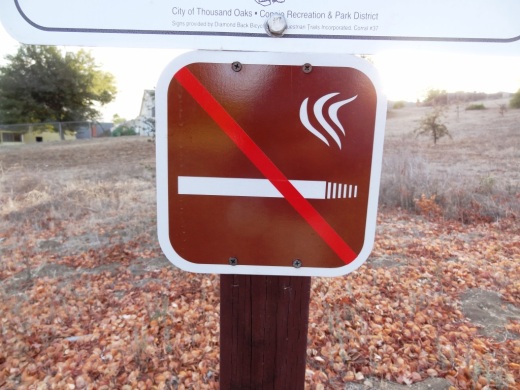American Lung Association's 2014 Tobacco Control Report Shows More Progress Needed
/The American Lung Association has released its 12th Annual "State of Tobacco Control" report that reviews tobacco control policies and assigns grades to U.S. and state governments based on tobacco control laws in effect as of January 2, 2014. Tobacco control laws were reviewed to assess if they adequately protect citizens from impact of tobacco use.
2014 is the 50th anniversary of the 1964 Surgeon General's report linking smoking to lung cancer and other serious diseases. Since 1965, the percentage of Americans smoking has dropped from 42.4% (52.8 million Americans) to 18% (43.2 million) in 2012, according to CDC surveys.
Today, the Surgeon General notes that smoking is still the nation’s leading cause of preventable death and disease, responsible for the deaths of close to 480,000 Americans and up to $333 billion in annual healthcare and lost productivity costs attributed to smoking.
The American Lung Association calls for all levels of government to achieve three goals:
Reduce smoking rate to less than 10% within 10 years
Protect all Americans from secondhand smoke within 5 years
Eliminate the death and disease caused by tobacco
The U.S. Government received the following grades in 2013:
FDA Regulation: D (rule not issued to assert FDA authority over all tobacco products)
Cessation Coverage: C (only partially covered in federal healthcare programs)
Cigarette Tax: D (tax rate per pack of 20 is $1.01)
Tobacco Treaty: D (public health treaty not submitted to Senate for ratification)
Here are highlights of California grades and rankings:
Tobacco Prevention Control and Spending: California received an F, though all but four states (Hawaii, North Dakata, Wyoming and Delaware), received D or F grades in terms of spending CDC recommended amounts.
Smokefree Air: California received an A for having laws in place that restrict smoking. 28 states and Washington DC have passed laws prohibiting smoking in almost all public places and workplaces, including restaurants and bars.
Cigarette Tax: D (Tax rate per pack of 20 is 87 cents) For each 10% price increase, consumption drops by about 7% for youth and 4% for adults. The average state excise tax is $1.53. An A grade was given for taxes of $3.06 and up and an F was given for taxes under 76.5 cents per pack. States with A grades (where you will pay the most in taxes) are New York, Massachusetts, Hawaii, Rhode Island and Connecticut. There are 15 states with F grades, mostly in the southeast.
Cessation Coverage: California received an F in terms of providing a "quitline" and ensuring coverage of cessation programs, though all but 7 states received D or F grades.
Read more about the State of Tobacco Control 2014 report at www.stateoftobaccocontrol.org.
Moving on, the American Lung Association in California released its own report on January 22nd covering cities and counties in California in the categories of Smokefree Outdoor Air, Smokefree Housing, Reducing Sales of Tobacco Products and Overall Tobacco Control. Some highlights:
Out of 540 cities and counties in California, 18 scored an overall grade of A, including Albany, Baldwin Park, Berkeley, Calabasas, Contra Costa County, Dublin, Glendale, Huntington Park, Marin County, Pasadena, Richmond, San Rafael, Santa Clara County, Santa Monica, South Pasadena, Temecula and Union City.
In Ventura County, Camarillo scored highest with an overall grade of C; other cities in the county scored D or F. For smokefree outdoor air, Camarillo and Moorpark scored an A and Thousand Oaks scored a B. Smokefree housing scored D and F across the board. The City of Oxnard scored an A for its tobacco retailer licensing requirements while all other cities scored a D or F.
Neighboring communities scored as follows: Agoura Hills - F, Malibu - C, Carpinteria - B, Santa Barbara - D, Westlake Village (LA County) - F
Overall, 61% of municipalities in the State of California received an F for their Overall Tobacco Control grade.
The methodology is very detailed and is highlighted in the report, available at www.lung.org/California.



